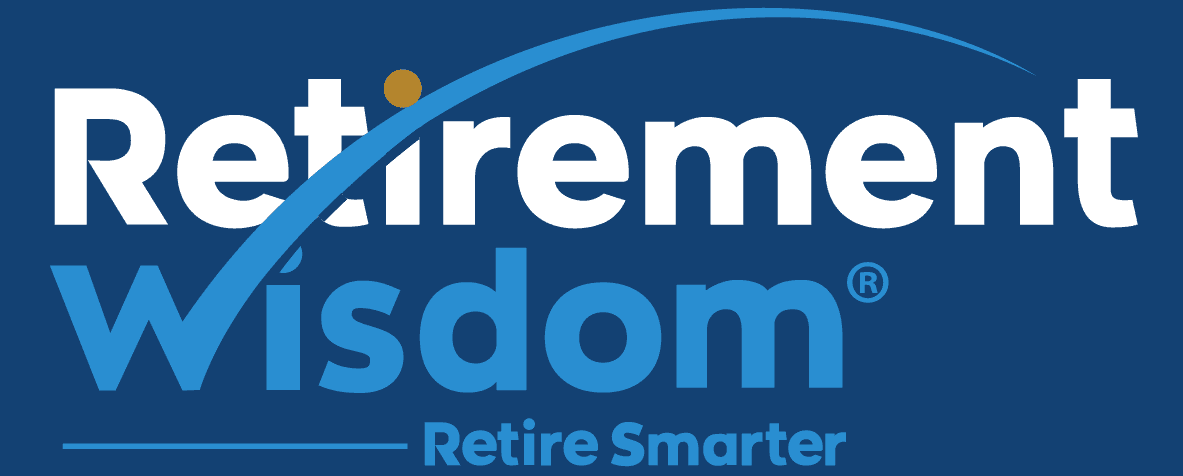Podcast (retirement-wisdom-podcast-feed): Play in new window | Download (Duration: 43:30 — 39.8MB)
Subscribe: Spotify | iHeartRadio | TuneIn | RSS | More
Life planning & career planning can be challenging things to tackle, especially in uncertain times like these. Dave Evans, the co-author of Designing Your Life and the new book Designing your Work Life, explains how the principles of design thinking can give you an edge. Whether you’re anticipating a transition to a new chapter in life in retirement, creating a second career or making a savvy career change, “iterating your way forward” is the best way to explore new options.
Designing Your Life is one of the most impactful books I’ve ever read and the one I’ve most often given as a gift. It’s the best book on life planning and career planning in my view.
We talk about:
- The story of how Designing Your Life came to be
- The Principles of Design Thinking and how they can be applied to life planning and career planning using DYL
- How Designing Your Life is used in different populations around the world today
- How DYL is leverage by older adults in mid-life and later life
- Why Reframing is a skill you’ll want to develop
- How Prototyping works with a person instead of a product
- What the new book Designing Your Work Life is about
- How networking is done with a DYL mindset
- Dave Evans’ advice for someone considering making a change in their life or career
Dave joins us from California.
___________________________
Note: We’re in challenging times. Investing some time in reflection and self-renewal is especially important now. These podcast episodes are offered now with that intention in mind. We hope you find them helpful and hope that you stay well.
____________________________
Bio
Dave Evans has worked in alternative energy, telecommunications, and high tech. As an early member of the advanced systems group that built the technology that became the Macintosh, he led the first computer mouse team and laser-printing projects, before leaving to co-found the software giant Electronic Arts.
After more than thirty years of executive leadership and management consulting in the high tech world, Evans realized that what he really wanted and needed to do was help people rediscover purpose in their jobs and lives. He joined Stanford’s Design Program, where he now co-teaches the incredibly popular Designing Your Life course, which helps undergraduates discover their paths after graduation.
In the book Designing Your Life, Evans and co-author Bill Burnett, Executive Director of Stanford’s Design School, bring these principles to a larger audience, proving it’s never too late to design a life you love through innovation and creative problem-solving. A dynamic and entertaining speaker, Evans teaches audiences of all ages that the same principles used to create amazing technology and products can also be used to design and build a life filled with purpose and joy that is constantly creative and productive.
He lectures around the country on design thinking and offers a popular e-course on the subject through Creative Live with Bill Burnett. From his travel around the country and meeting and hearing from thousands of people, Evans was inspired by the Designing Your Life community to compose a second toolkit with Burnett, this time specifically focused on work. Designing Your Work Life is full of tips, tricks, and tools for optimizing and “future-proofing” work.
Evans earned a Bachelors of Science and Masters of Science in Mechanical Engineering from Stanford and a graduate diploma in Contemplative Spirituality from San Francisco Theological Seminary. He and his wife live in Santa Cruz and have five adult children, including three Stanford grads.
_____________________________
For More on Dave Evans
Buy the new book Designing Your Work Life by Bill Burnett and Dave Evans
Read the Original Designing Your Life book by Bill Burnett and Dave Evans, a #1 New York Times bestseller.
______________________________
Wise Quotes
On Taking Charge of Your Future
“But one of my favorite parts of that particular story is that moment of realization – Wait a minute, it’s actually just up to us. These people had resources and they were healthy. Not everybody can do that, but whatever it is you’re looking at, as long as the resources could be made available, it’s just up to you. The freshness of ‘Oh my God, I can’t believe we pulled this off stuck with them for a long time. It was still amazing to them that they actually had the chutzpah to make their own decisions and that started propagating out into all other kinds of parts of their lives.”
On the Design Your Life Methodology – The Short Version
“So, here’s the whole Designing Your Life methodology in 10 words. Here you go: Get Curious. Talk to People. Try Stuff. Tell Your Story. That’s it. The four steps and simplified process: Get Curious, Talk to People, Try stuff. Tell Your Story.”
On Prototyping
“Now two out of the four of those, there are two middle ones. Talk to People and Try Stuff. They’re the primary forms of prototyping. if I’m prototyping a mouse or we’re prototyping a new antilock brake system, that’s different. But prototyping a person. How do you do that? You talk to people and you try stuff. You go out there and you have conversations with people doing the kind of thing you’re thinking about or curious about. And you begin to do very, very small, little ‘get your feet wet’ experiments. I don’t mean, take the whole summer off and go live in Bora Bora. Log into a virtual reality experience for 30 minutes and then go spend a day doing it or do shadow somebody. Get really ‘low bar’ experiences of trying these things out.”
On Thinking Like a Designer
“What we’re doing, is actually a way of living in an experimental way and it suddenly becomes ‘Oh, I can get up and take my curiosity out for a walk every single day by talking to people and doing stuff.’ And sometimes along the way, it’ll actually turn into a decision that becomes a new life. How interesting. So it’s really a way of life that we’re offering it. It’s not a religion. Your value system comes from other places, but then you live in this way of being in the world, which is experiential and collaborative and participative. And frankly, it’s really interesting.”
On the New Book Designing Your Work Life
“Networking is just asking for directions from kind people. It’s not bugging people. And so off you go by the way of that simplified system of Get Curious, Talk to People, Try Stuff, Tell Your Story. That is exactly what we recommend people do when it’s time to think about making a change – because if you get stuck early on by trying to figure it out or push it off or solve all the problems, you will get stuck prematurely. And your friend here really is curiosity. Set the bar low and give yourself some time. So if you make the transition process itself and the exploration into it, its own reward: Oh Hey I’m making progress, I’m learning, I’m meeting people, I’m getting out there. And finding a fun thing including like, Oh wow, that’s no fun at all. I would never want to be a Tax Preparer despite the fact that I’ve always kind of had this evil satisfaction doing my taxes at the end of the year.”
___________________________
Work One-on-One with a Coach
Want to work on designing your next chapter?
We have a Certified Designing Your Life Coach.
Invest in crafting your future. Schedule a free consultation.
___________________________
Related Podcasts You May Like
Why People Make a Career Change with Purpose Top of Mind – Chris Farrell
Tiny Habits Can lead to Big Changes – BJ Fogg, PhD
The Joy of Movement – Kelly McGonigal
With the Freedom to Retire, Where Will You Plant Your New Tree? – Don Ezra
How to Make a Wise Career Switch – Dawn Graham
_________________________
About Retirement Wisdom
We help people who are retiring from their primary career and are not done yet, discover what’s next.
A long retirement is a terrible thing to waste. And a meaningful retirement doesn’t just happen by accident.
Schedule a call today to discuss how we can help you make yours great.




